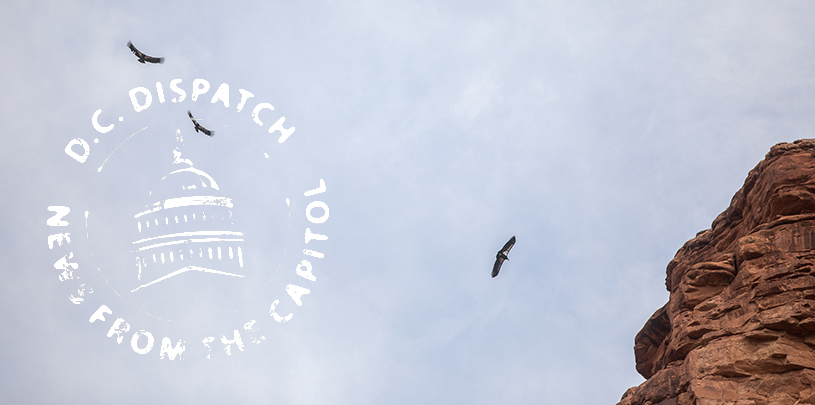
 by Mary O'Brien, Utah Forests Director
by Mary O'Brien, Utah Forests Director
I met NEPA — the National Environmental Policy Act — in the early 1980s. The Forest Service in Oregon and Washington was aerially spraying the herbicide 2,4-D over clearcut Douglas fir forests, and, inevitably, the rural communities scattered among them. When a new environmental impact statement had to be written for this, a group of us wrote an alternative proposing the least herbicide use possible. And the Forest Service adopted 90 percent of it. The aerial spraying ended.
For 48 years, NEPA has been our nation’s sturdy environmental law that requires federal agencies to answer three questions before they undertake or fund any project or plan that might result in significant environmental impacts:
The Trump administration is now trying to gut NEPA under the guise of making it more “efficient.” This is a code word for “full speed ahead” for permits, policies, and plans. How? Maybe gut requirements for alternatives. Maybe make public comment periods impossibly short. Maybe make budget-starved agencies complete their environmental impact statements and environmental assessments on timelines that preclude thinking or doing anything but what coal companies, frackers, road-builders, or dam-builders want.
You have until August 20 to let the Trump administration know you oppose transforming NEPA into a skid road for dangerous, dirty, global-warming, and anti-community projects.
A large number of environmental groups have been working hard on a joint letter responding to all 20 questions the Trump administration is asking during this public comment period. Don’t feel like you have to answer all those questions. You can stand up for NEPA by saying, in your own words, that the NEPA regulations should be kept as they are.
Proposal to build massive communications tower on state lands inside Bears Ears National Monument withdrawn
Read MoreThe Navajo Nation and communities along the haul route oppose uranium transport from Grand Canyon region mine.
Read MoreDeveloper's attempt to dam a canyon near the confluence of the Colorado and Little Colorado rivers halted.
Read More